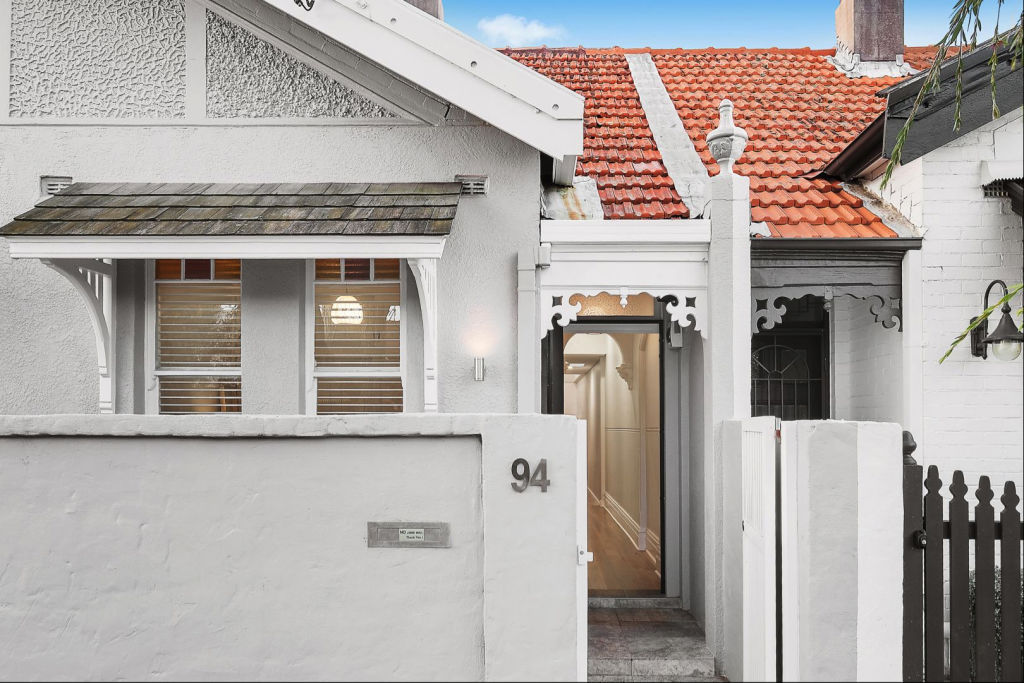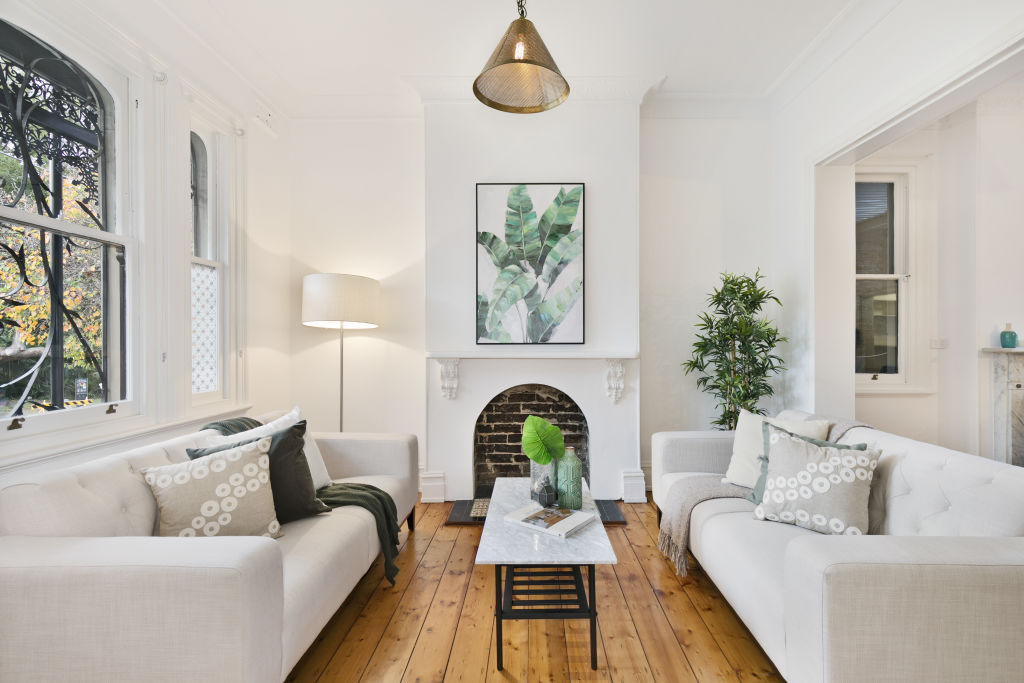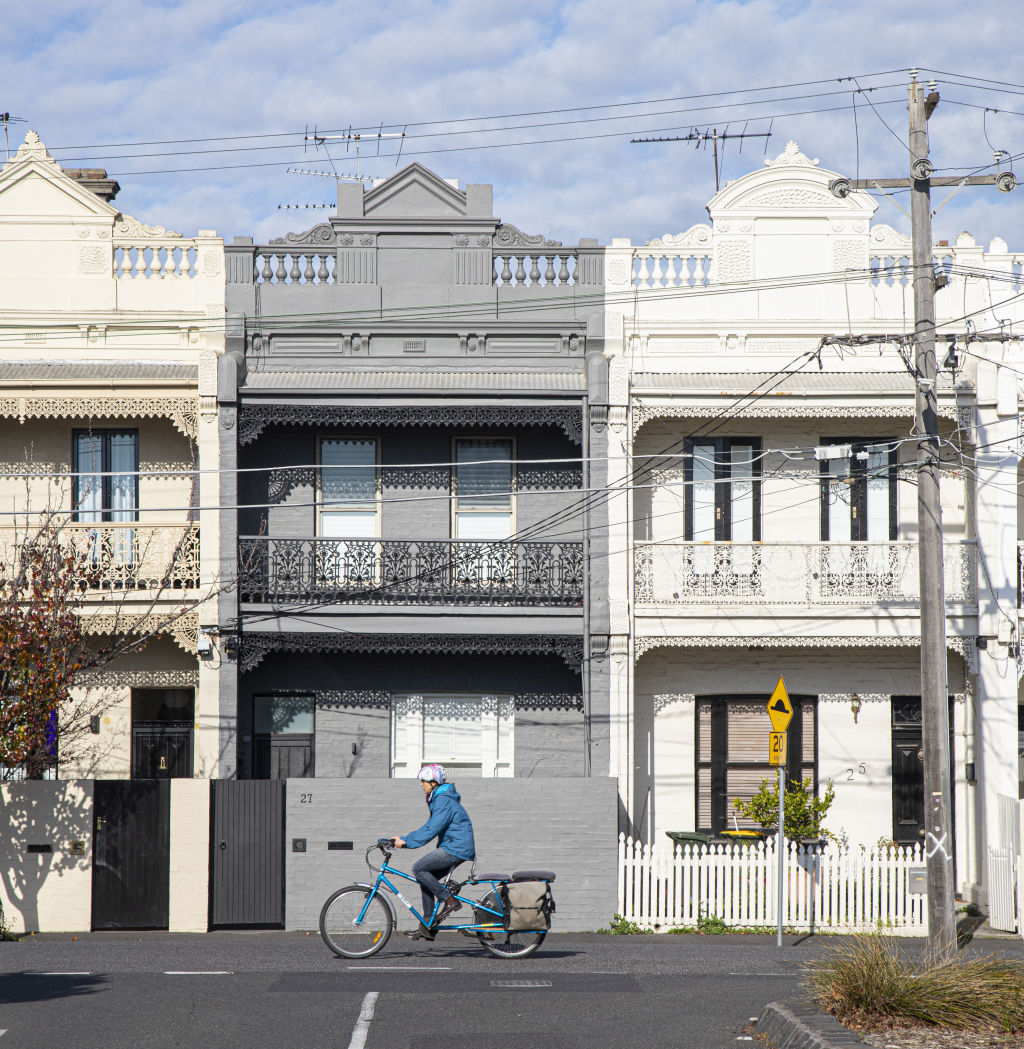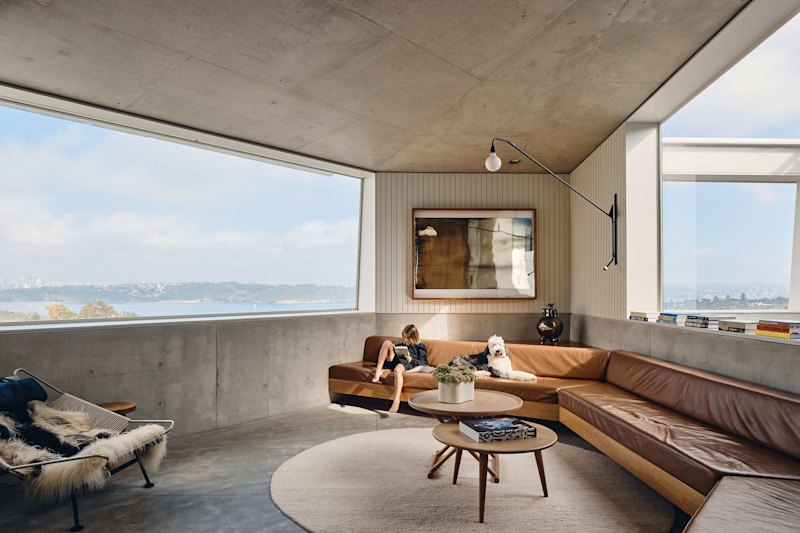Why buying your forever home now is a smart strategy (and how to choose the right property)

Buying, renovating, selling and repeating is a common strategy for climbing the property ladder, but what about when it’s time to put down roots?
A “forever home” – one you’ll own and live in for at least 15 to 20 years – can offer more stability than constantly upgrading.
It’s a purchase that makes most sense when work and family dynamics are expected to remain relatively stable, allowing home owners to settle in and take advantage of the benefits of long-term ownership.
The time frame means choosing a forever home requires extensive forward planning, and finances need to be carefully considered.
Long-term ownership pays off

For home owners who upgrade frequently, high transaction costs mean considerable growth is necessarily before moving on, but that’s less of an issue with forever homes.
“The major benefit is minimising buying and holding costs because this is usually our most expensive asset in life,” says Property Planning Australia managing director David Johnston.
Most people purchase two or three homes before finding their forever home, and this can be costly, Johnston says. “They burn through a lot of hard-earned income through a lack of long-term planning.”
Compared with an investment property, a forever home is an emotional and lifestyle purchase. But it has additional benefits beyond the positive impact on day-to-day life, Johnston says.
“It has the added advantage of being capital gains tax-free if it qualifies as our principal place of residence, it is exempt from the pension test and, subject to certain rules, we can also credit some of the profit to superannuation when we downsize.”
What to look for

Buyer’s agent Wendy Chamberlain says most house hunters start searching for their forever home from their mid-30s. They already own a home and are usually starting a family, she says.
“They’re looking for something to see them through to the teenage years,” she says.
It’s best to target a property and location that maximises convenience throughout early childhood, Johnston says. “Raising a family is by far the largest complicating factor,” he says. “The years of primary and secondary schooling are likely to require the most thought.”
Planning for children’s education before buying will pay off further down the track.”
“School zones are a major factor,” Chamberlain says, explaining most buyers place the greatest focus on secondary schools.
The home itself needs to be suitable for decades of family living, with not only enough bedrooms for a rising head count, but the right layout too. A single bathroom usually won’t cut it, and it’s a good idea to give kids their own space, according to Chamberlain. “A second living area is something that’s highly desirable,” she says.
A home with the potential for extensions may be more flexible, but most forever home buyers don’t want to do a major renovation, Chamberlain says. “They’re going for the home they can just walk into and drop their bags.”
Financial considerations

Chamberlain says most buyers need to sell their current property to fund the purchase of their forever home. But, depending on the property, it may be possible to retain the original home as an investment.
Johnston says most people would prefer this option, but it requires early planning to reduce future holding costs.
“If you want to be able to optimise the potential for tax deductions in the future, should a property become an investment, then you want to focus on making interest reduction payments via an offset account over and above the minimum repayment on your loan,” Johnston says.
Buyers thinking about purchasing a forever home sooner rather than later may need to prioritise affordability and adjust expectations. A reduction in household income that often comes with raising children will also need to be considered.
Johnston suggests buyers aim for the most humble house and location that still meets family requirements over the long term, and maintain an effective money management system.
“If you can do this with one home purchase, or even two, you are ahead of most people and can then free up cash flow to focus on investing and living with less stress.”
We recommend
States
Capital Cities
Capital Cities - Rentals
Popular Areas
Allhomes
More










